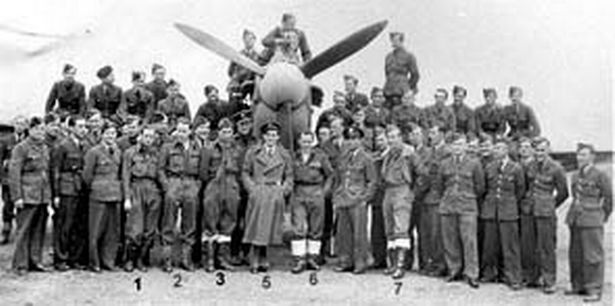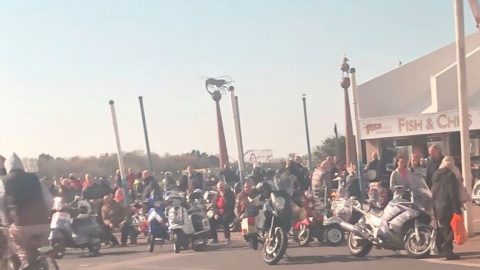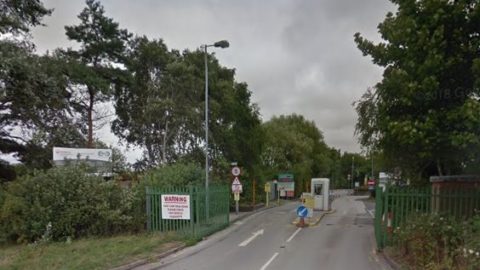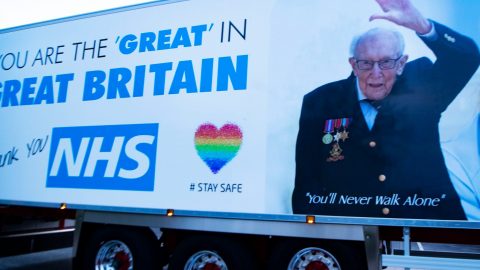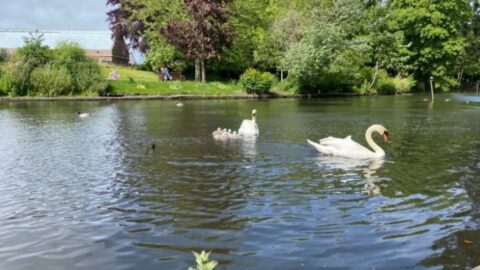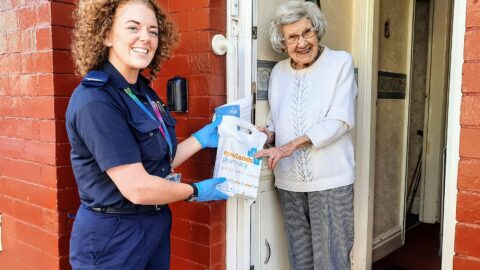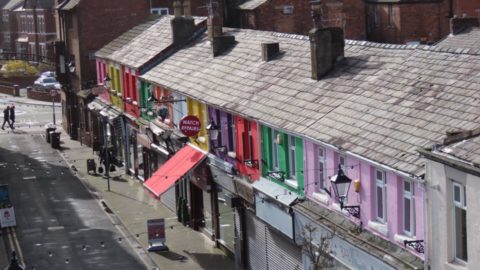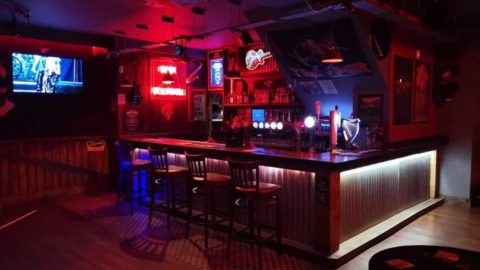This Friday millions of people across the UK will be waving Union Jack flags as they celebrate the 75th anniversary of VE Day.
Hopefully we will be seeing lots of Polish flags flown too. For if it wasn’t for the incredible bravery of thousands of Polish pilots and soldiers fighting alongside the British and other nations during World War II, then Hitler’s Nazis may have ended up winning World War II.
Locally, we have much to thank our Polish brothers-in-arms for too with a number of Polish squadrons based here at RAF Woodvale, just outside Southport, during the war. Nine of the pilots lost their lives while on duty. Polish pilots and other air crew were a familiar sight in Southport and Formby during the conflict.
VE Day 75: ‘We put away our gas masks as we held our street party in Southport’
According to Sefton Libraries, RAF Woodvale opened on 25th October 1941, with the initial aim of defending Liverpool and its docks. It followed the devastating German bombing during the 1941 May Blitz which saw thousands of bombs dropped on the city, while Southport also suffered bombing casualties.
But with air raids on Liverpool declining the main purpose of the airfield changed. Squadrons were brought up from RAF Northolt in the south of England for short rest and recuperation periods.
At its peak RAF Woodvale hosted three frontline squadrons, numerous support squadrons and more than 2,000 personnel.
Squadron No 308 (Krakowski) was the first to arrive, followed by several other Polish squadrons, including 315 (Deblinski) Sqn and 317 (Wilenski) Sqn.
The station buildings included: three Bellman hangars, Squadron Headquarters, administration, engineering, armament, air raid shelters, communal areas, mess, sick quarters, operations and wireless telegraphy sites. Living quarters were located on Southport Road at a safe distance away.
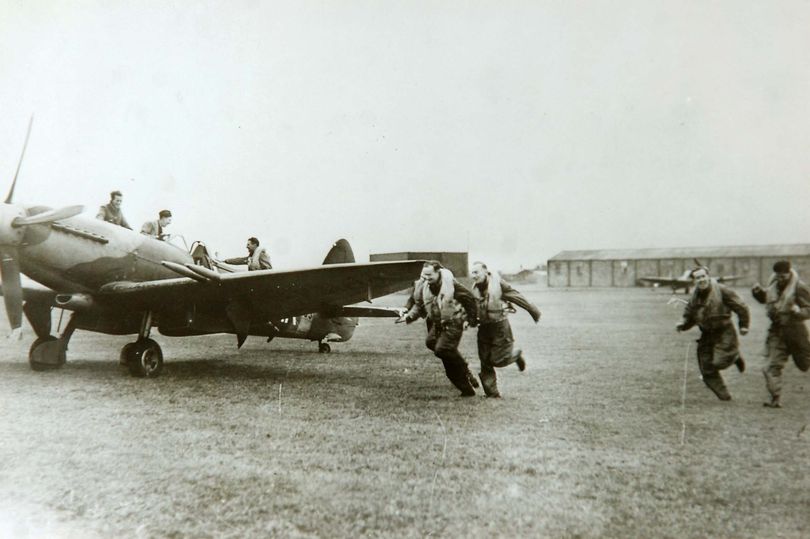
Pilots scramble for their Spitfires at RAF Woodvale
A total of 22 pilots lost their lives at RAF Woodvale, including nine pilots from Polish squadrons.
Six of the Polish airmen, aged between just 22 and 28 years old, are buried in war graves at Our Lady of Compassion Church in Formby.
A well-tended war memorial in memory of members of the Polish Armed Forces who fought in the Second World War between 1939 and 1945 is situated in the War Memorial gardens on Lord Street in Southport.
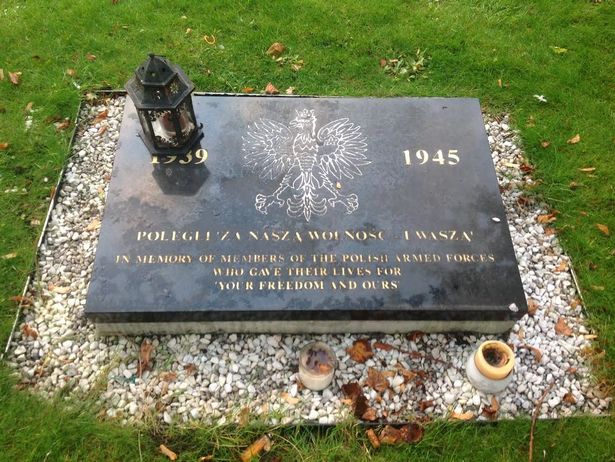
The memorial to members of the Polish armed forces who fought during Wirld War II. It is situated near the Monument on Lord Street in Southport. Photo by Andrew Brown Media
Britain faced a grim struggle for survival during World War II, most notably during The Battle Of Britain, when the Luftwaffe laid siege in overwhelming numbers.
Britain survived by the skin of its teeth – in no small part thanks to the Polish fighter pilots who swelled the RAF’s numbers at such a critical time.
Commander-in-Chief of Fighter Command, Air Chief Marshal Sir Hugh Dowding, who was initially reluctant to allow Polish pilots into battle, said: “Had it not been for the magnificent work of the Polish squadrons and their unsurpassed gallantry, I hesitate to say that the outcome of battle would have been the same.”
Polish airmen downed a remarkable 203 German aircraft in The Battle of Britain alone, with 35 probables and 36 damaged.
Such a feat could not be achieved without a price. Twenty nine Polish pilots lost their lives in combat during those grim days in 1940.
Poland had been invaded by the Nazis on September 1, 1939, which prompted the outbreak of World War II – a conflict that raged over six years.
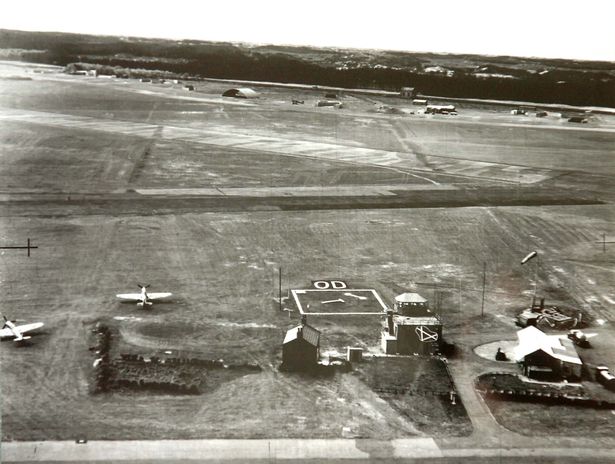
RAF Woodvale
Polish defences, already strained under a powerful German assault, collapsed shortly after the Russians launched their own invasion from the east on September 17. Polish forces fought with distinction, but the country was crushed by the two invaders in five weeks.
After their defeat, tens of thousands of Polish servicemen made their way to France to continue the struggle against a common enemy, shooting down 52 aircraft before France fell on June 25, 1940.
In July 1940 the first Polish fighter pilots joined RAF Squadrons. On July 19, Flying Officer Antoni Ostowicz scored the first Polish kill in the Battle of Britain by shooting down a Heinkel 111 over Brighton.
A total of 145 experienced and battle-hardened Polish airmen fought in the Battle of Britain with 32 in No 302 (Polish) Fighter Squadron and 34 in No 303 (Polish) Fighter Squadron.
One of the finest examples of their work was a remarkable feat accomplished by Sergeant Antoni Glowacki of No 501 Squadron RAF, who on 24 August claimed five enemy bombers, which were shot down in three combat sorties over one day. He was one of only three pilots who achieved ‘Ace-in-a-Day’ status.
No 302 was the first Polish squadron to be declared operational and entered battle on August 15. The Squadron intercepted its first enemy aircraft on August 20. The encounter ended with a Junkers Ju 88 bomber shot down by the British unit commander, Squadron Leader William Satchell. Other pilots in the squadron would distinguish themselves during the climactic combat over London on September 18, when the squadron shot down nine enemy aircraft and scored a further three probables and one damaged.
The Squadron’s overall score during the Battle of Britain was 18 enemy planes destroyed, 12 probables and one damaged.
The pilots of No 303 (Polish) Fighter Squadron soon joined them, after initial scepticism from the RAF, despite most of them being experienced veterans of the Polish and French campaigns.
On August 30 six of the unit’s Hurricanes took off on a routine interception exercise to carry out a mock attack on six Blenheim bombers in the St Albans area.
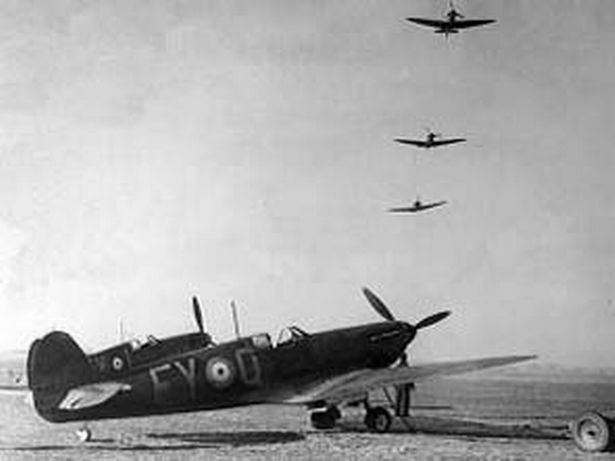
A Spitfire Squadron stationed at RAF Woodvale during World War II
One of the pilots, Flying Officer Ludwik Paszkiewicz, said in an official report: “After a while we noticed ahead a number of aircraft carrying out various evaluations I reported it the Commanding Officer, S/Ldr [Squadron Leader] Kellett, by the R/T [Radio Telephone] and, as he did not seem to reply, I opened up the throttle and went in the direction of the enemy.
“Then I noticed, at my own altitude, a bomber with twin rudders – probably a Dornier – turning in my direction.
“Then I aimed at the fuselage and opened fire from about 200 yards, later transferring it to the port engine, which I set on fire The Dornier dived and then hit the ground without pulling out of the dive and burst into flames. I have been firing at an enemy aircraft for the first time in my life.”
On his return to RAF Northolt, Flying Officer Paszkiewicz was reprimanded for breaking discipline and congratulated on his and the squadron’s first victory. The next day the squadron was declared fully operational and posted to No 11 Group. This episode was immortalised in the famous “Repeat, please” scene in the classic 1969 film, Battle of Britain.
In the following weeks the squadron achieved an astonishing score of 126 enemy planes, as well as 13 probables and nine damaged, claiming the title of the best scoring unit of the Battle of Britain.
One of their extraordinary feats was shooting down 14 enemy planes, plus four probables, in one sortie over London on September 7 – the first day of the Blitz – without a single loss on their side.
Polish fighter pilots became instant celebrities with all classes of British society. International journalists flocked to airfields to write about their exploits, waiters refused to take payments for their meals in restaurants, bar owners paid for their drinks and bus conductors allowed them free journeys.
After the Battle of Britain the Polish Air Force continued to serve alongside the RAF until the last day of the war. By early 1941 the PAF listed 13 units – eight fighters, four bombers and one reconnaissance squadron. Polish airmen in these squadrons participated in practically all RAF operations in the European theatre of the war.
Their contribution to the war against Nazi Germany was significant, although achieved at a very heavy price.
The 1,903 personnel killed are today commemorated on the Polish War Memorial at RAF Northolt.
Many of these pilots served at RAF Woodvale.
Although RAF Woodvale was opened after the end of the Battle of Britain on September 15 1940, the base still played an important role in the story of the Battle of Britain pilots.
Speaking to the Visiter nine years ago, the then Squadron leader at RAF Woodvale Gary Norman said: “It was originally conceived as a fighter base for the protection of Merseyside.
“However, by the time the runway was complete in October 1941 the Blitz had ended and the threat of attacks on Merseyside by enemy aircraft had receded.
“With the threat of air attacks all but gone, the station became a place for war-weary aircraft squadrons to rest and re-equip.
“The first such squadron to arrive in December 1941 was No 308 (Polish) Squadron from RAF Northolt in London where personnel had seen heavy fighting in the battle of Britain.
“Conditions at RAF Woodvale were harsh in the early days, even for battle-hardened airmen, some of whom described facilities as being worse than Tobruk.
“Several accidents marred their stay and six of the Polish airmen are, to this day, buried in war graves at Our Lady of Compassion Church in Formby.”
Officers serving at RAF Woodvale were offered the use of Southport and Ainsdale Golf Club, thanks to an agreement that saw golf club lawnmowers filled with RAF procured petrol.
Squadron leader Gary Norman said: “In 1944 alone over 4,000 courtesy rounds were played on the course, many by golfing novices.
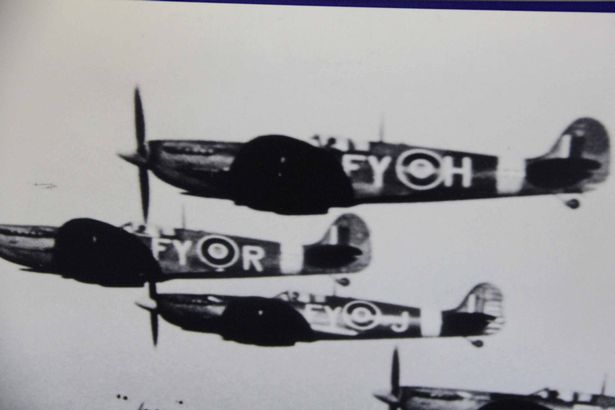
Spitfires taking off from RAF Woodvale
“Indeed, the Greens Committee was forced to consider charging a modest green fee to cover the cost of the damage caused by the RAF chaps; a proposal that the Board rejected!”
“Flugplatz Formby” is how the Luftwaffe first described RAF Woodvale after high–flying reconnaissance aircraft photographed the new airfield.
The site was formerly The Banking and Insurance Golf Club.
However the war effort required sacrifice and the old course became RAF Woodvale in 1941 when fairways became runways and Hurricanes roared over Southport, and Formby village.
The first Spitfires arrived in December 1941 and they remained the RAF Woodvale’s senior occupants for many years.
The base was the last RAF unit in the country to operate Spitfires on a daily basis, with the airfield home to the last three operational Spitfires used by the temperature and humidity flight in the 1950s. The last Spitfire flight, by pilot John Formby, was on June 10, 1957.
In 2011 RAF Woodvale was awarded the prestigious Honorary Freedom of Entry to Sefton at a special celebration event.
The vital role played by the incredibly brave Polish RAF pilots and aircrew in helping to win World War II – and the sacrifices they made – should never be forgotten.
DO you have a story for Stand Up For Southport? Please message us via Facebook or email Andrew Brown at: mediaandrewbrown:@gmail.com

